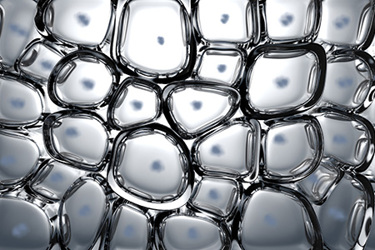New Study On Mechanical Behavior Of Skin

Uniaxial Mechanical Stretch Properties and 3D Microstructure of Human Dermal Skin
Skin, as the body’s natural barrier, depends on its unique mechanical and elastic properties to withstand external pressures. Understanding how these traits arise from collagen and elastin fibers is essential for designing biomimetic materials and advancing skin regeneration.
In a collaborative study by researchers from Vrije University Amsterdam, Amsterdam University Medical Centre, and the Red Cross Hospital in the Netherlands, advanced microscopy techniques were used to examine collagen and elastin fibers in 3D across 24 human dermis samples. This analysis was facilitated by the VALO femtosecond fiber laser.
The study employed uniaxial stretching experiments to reveal key insights into the skin's mechanical behavior. This method stretches a skin sample in a single direction while tracking stress and strain, yielding valuable data on elasticity, strength, and other critical properties.
Real-time monitoring during stretching captured changes in collagen and elastin alignment, enhancing our understanding of skin biomechanics. This knowledge paves the way for developing improved materials and innovative skin treatments.
Get unlimited access to:
Enter your credentials below to log in. Not yet a member of Photonics Online? Subscribe today.
